Starch not only provides energy for humans, but also provides raw materials for industrial production. It is required for the basic physicochemical properties of starch during the production and application of starch. Potato starch and mung bean starch differ in their molecular structure, degree of polymerization, reducing ability and ratio of straight support, so that their physical and chemical properties are different. The difference in its physical and chemical properties will directly affect its application in industry. In order to make more rational use of potato starch and mung bean starch, a potato starch analyzer was used to analyze the polarization cross, starch particle size distribution, transparency, freeze-thaw stability, retrogradation, solubility and swelling force, starch gelatinization properties of the two starches. A comparative analysis was performed.
Take a little starch on the slide, dissolve and disperse it with a mixed solution of glycerin and water in a volume ratio of 1:1, place it on a polarizing microscope sample stand, and observe and photograph the starch polarized cross at 50 times. According to Zhang Yanping's method slightly modified: Weigh 1.00g starch, formulated as a mass fraction of 1% of the starch milk, 15min boiling water bath, keeping the starch paste volume unchanged during the boiling water bath, then cooled to room temperature, with spectrophotometry The light transmittance of the starch paste at 620 nm was measured, and the transmittance was measured with a glass rod. Distilled water was used as a blank sample (light transmittance: 100%).
The determination of the potato starch analyzer found that both the potato starch and the mung bean starch had a more pronounced polarized cross and both had large and small particles. The umbilical point of potato starch was biased towards one end of the granules, and the degree of bias of large-granule starch was relatively high. Most of the granules had a “X†shape in the cross of polarized light, and a few had a “10†shape. However, the large particles of mung bean starch have false multiple grains.
After a detailed analysis by the potato starch analyser, the polarized crosses of potato starch and mung bean starch were relatively clear, in which the umbilical point of potato starch was biased toward one end of the pellet, most of which was in an “X†shape; the large particles of mung bean starch had false multiple crops. The average particle size of potato starch is larger than that of mung bean starch. Mungbean starch has more small-grained starch, and potato starch contains more large-granule starch.
Add Wechat to browse professional information anytime, anywhere: 
CNI developed tuning Q Laser of semiconductor pump and high-power water-cooled laser with the characteristics of high peak power. They are widely used in laser rapid prototyping technology, laser welding technology, laser drilling technology, laser cutting technology, Laser Marking technology, laser to weight balance technology, laser etching, laser trimming technology, storage technology, laser marking, laser cleaning technology, laser heat treatment technology and so on.
â—†1064nm Infrared Laser Metal & Plastic Marking
MPL-H-1064
Diamond planning & marking laser!
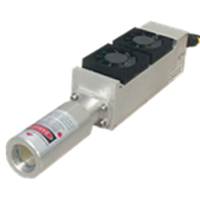



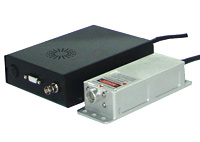
FL-1064 (4~10W)
EL-1064 (2~6W)
AO-V-1064 (12~15W)
AO-1064
| â—†532nm Green Laser Plastic & Fruit & Egg Marking |
AO-L-532(1~3W)
10^5 watts high peak power !
For glass engraving !
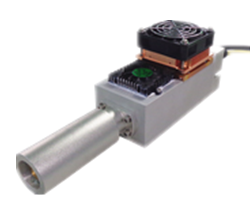

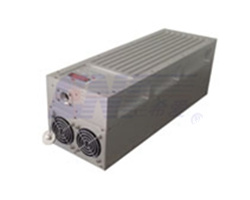
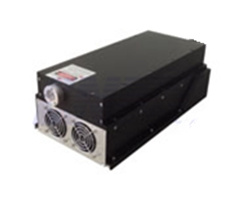
FL-532 (1.5~3W)
EL-532 (1.5~3W)
AO-V-532 (5~8W)
â—†355nm UV Laser
AO-V-355-Water / 1~5W
Water coolling
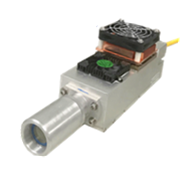
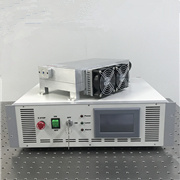

FL-355(1~1000mW)
AO-V-355 (1~3W)
Fiber Marking Laser,Marking Laser,Custom Marking Laser,Logo Print Marking Laser
Changchun New Industries Optoelectronics Technology Co., Ltd. , https://www.cnioptics.com